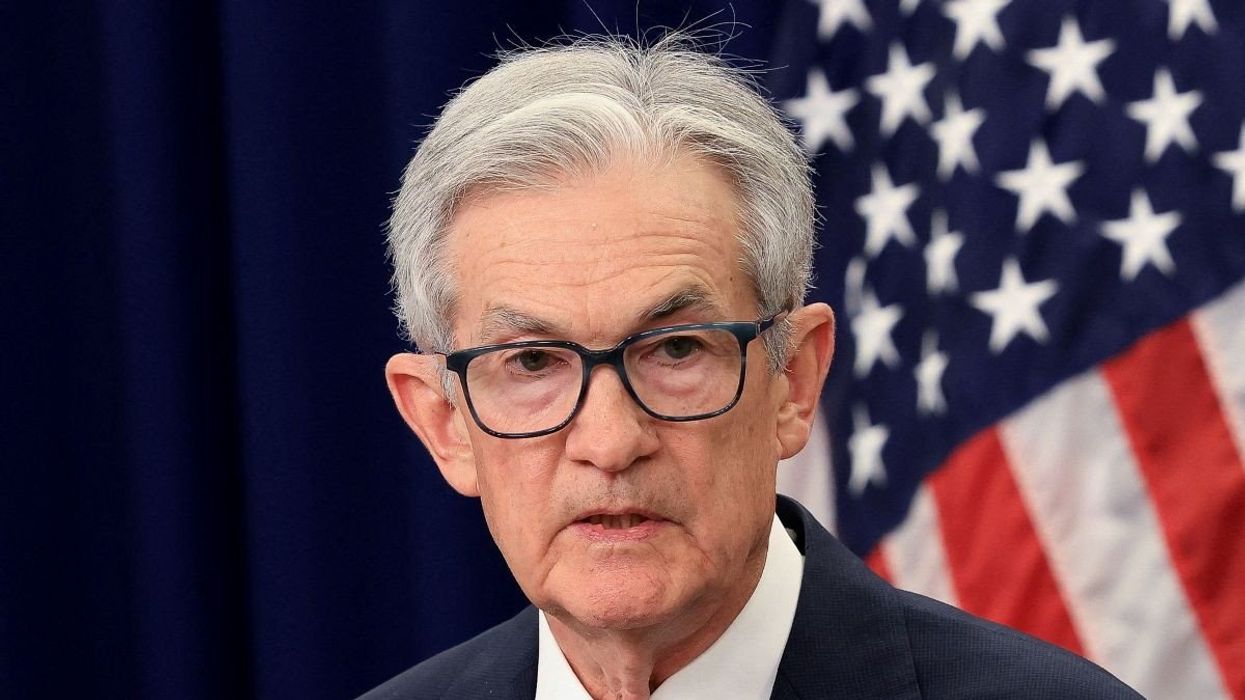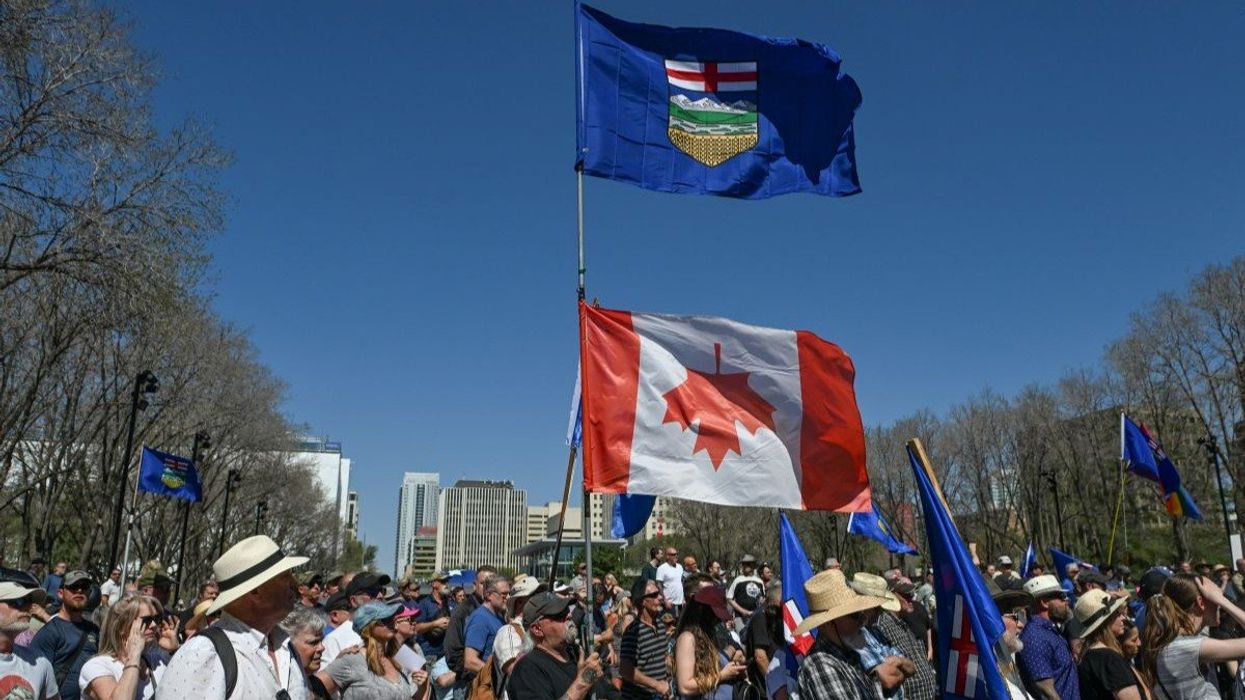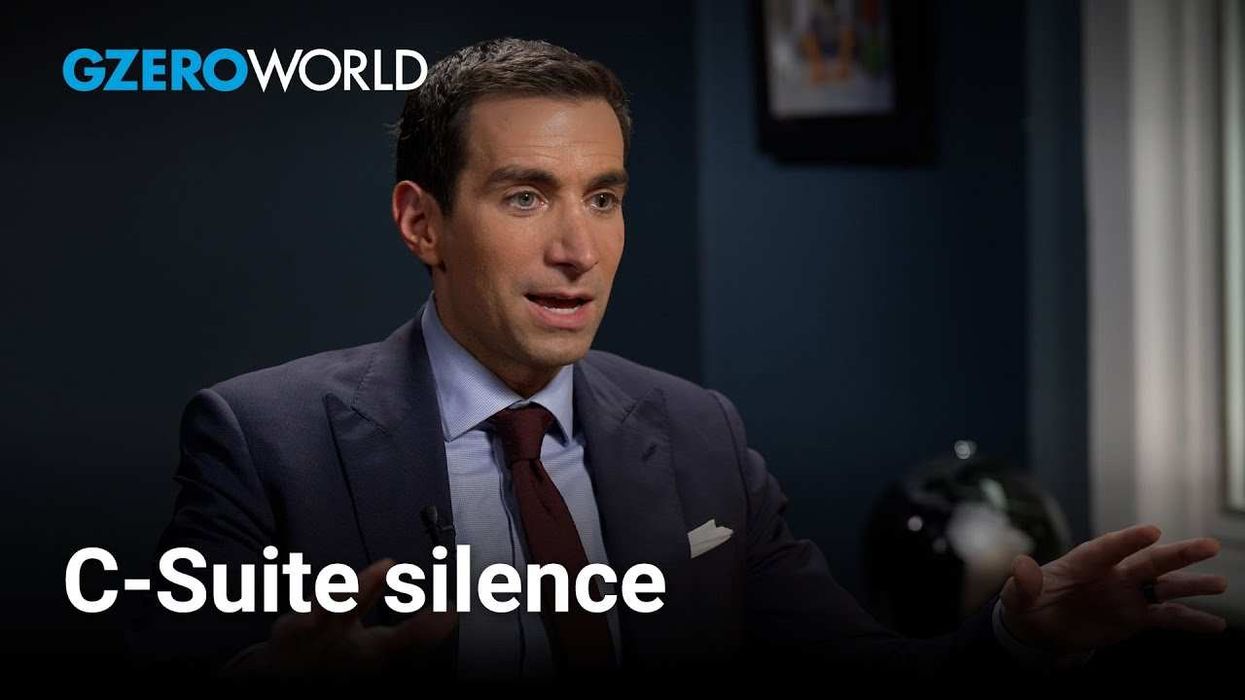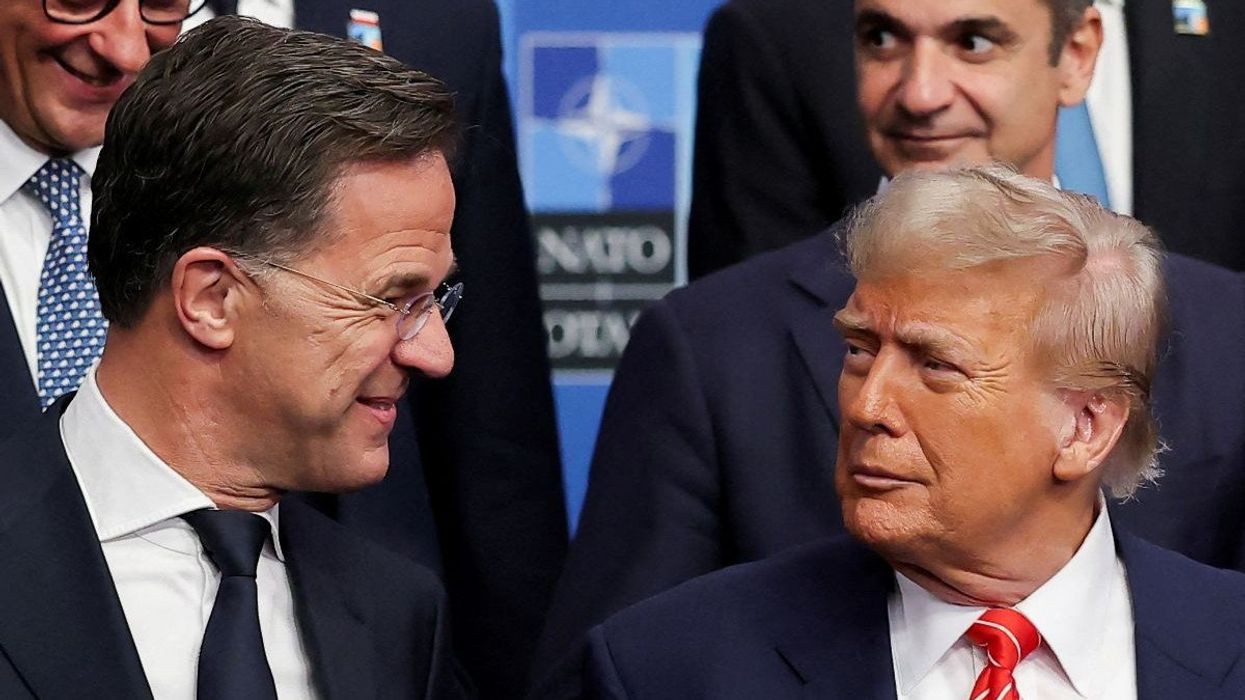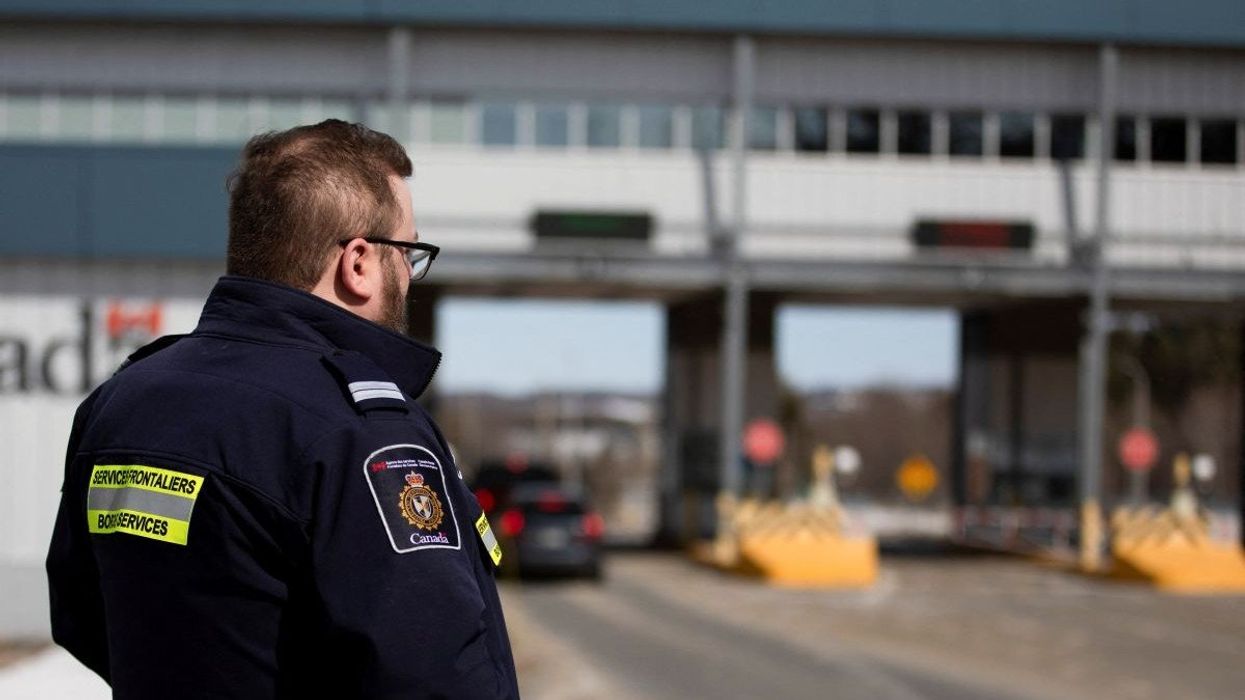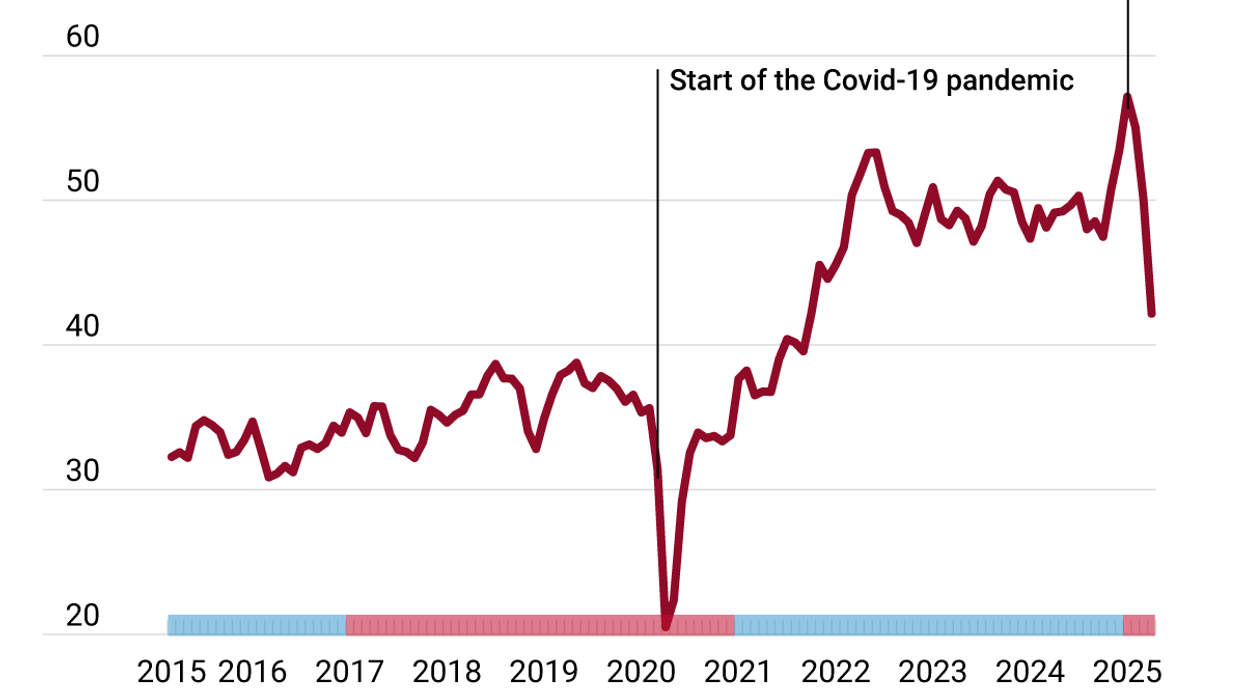When President Joe Biden announced on Sunday that he would not seek reelection, his decision, albeit a little late, was quickly applauded by Democrats as a service to his country — and party.
In the higher-minded rhetoric, Biden was cast as a modern Cincinnatus, putting duty above personal interest. Perhaps the writing was already on the wall, with Biden unlikely to resist the growing calls for him to step aside. But the immediate effects of his decision are the same either way: Vice President Kamala Harris is now the presumptive Democratic presidential nominee, an energetic change candidate, and the party has enjoyed an immediate reenergizing.
After Biden dropped out, the Dems raised an astonishing $150 million from big donors, as well as $81 million from small donors in a record-breaking 24 hours. As many joked on X, Harris outgrossed “Twisters” in her opening weekend. Of note, much of the money came from smaller individual donations of $200 or less — 888,000 of them, in fact.
The Harris campaign immediately rallied tens of thousands of volunteers, hitting 28,000 by Monday, many in battleground states. Scripps News reports that’s 100 times greater than the campaign average. A Zoom call with Black women who support Harris drew 44,000 participants — a staggering number that exceeded the company’s limit of 1,000 people and required it to move the group to a webinar.
The energy boost Democrats are enjoying may have Canadian Liberals wondering if a similar outcome might be possible for them. Prime Minister Justin Trudeau insists he’s staying on as leader, readying to fight in the fall 2025 election despite being roughly 20 points behind Conservative leader Pierre Poilievre. By the time the vote rolls around, Trudeau will have been in power for a decade.
Trudeau has been asked to step down by a few notable sources within his party, but the pressure to leave hasn’t risen to the level Biden faced. That could be because the election is still more than a year away, or because Poilievre doesn’t present the existential threat to democracy and rights that Dems say Trump poses. Liberals may also think that for all their misfortune, they could still turn things around and that Trudeau is their best bet for doing so. But things don’t look great.
Election projection site 338 Canada’s Philippe Fournier projects the Conservatives will win 212 seats compared to 74 for the Liberals. That’s based on a popular vote projection of 42% for Poilievre’s side compared to 24% for Trudeau’s, a spread that reflects federal polls that routinely find the Conservatives ahead by 14 to 20 points or more. Trudeau’s approval rating, meanwhile, has sunk to all-time lows.
The Conservatives are leading their rivals in fundraising by a lot. In the first three months of 2024, the party brought in just under CA$11 million from 51,000 donors, which was triple what the Liberals managed and more than all opposing federal parties combined. Political donations in Canada are a fraction of what they are in the US, but the Conservative numbers are high for the country. In 2023, Poilievre broke records with roughly 200,000 donors pledging over $35 million. The Liberals managed $15.6 million.
As bad as things look for the Liberals, however, there doesn’t seem to be much hope that anyone else could turn the Liberal campaign around like Harris looks poised to do in the US.
“There’s pretty good data to suggest that when incumbents are replaced by a successor [in Canada,]” says Graeme Thompson, a senior analyst with Eurasia Group, “the successor has much lower chances of reelection than the original incumbent, especially when that original incumbent’s poll ratings are below a certain threshold where they’re doing pretty poorly.”
Perhaps the most infamous example was in 1993, after Progressive Conservative Prime Minister Brian Mulroney stepped down amid plunging poll numbers and was replaced by Kim Campbell. The PCs lost that election to the Liberals, dropping from 156 seats to two.
The United Kingdom’s recent election is further evidence of the phenomenon. The unpopular Conservatives dropped to 121 seats from 365, losing control of the government to an ascendant Labour Party after roughly 14 years in power — and after cycling through five prime ministers.
Thompson says it’s unlikely there’s anyone in the Liberal Party who could replace Trudeau and turn the ship around. Those within Trudeau’s Cabinet are tied to his government and record, painted with the same brush. And those outside the party would face their own challenges, including time.
“Somebody would have to come in and distance themselves from the government here up to this point," he says, "and embrace a set of policies and a style which would have to be very different.”
“I don’t think that just putting a new coat of paint on the same sort of decrepit structure is going to change the fundamentals. You would really have to be a new government, and that’s going to be very hard for somebody who has been a member of that government up to this point who doesn’t have a long runway to prepare that pivot or transition.”
Thompson also points out that for external candidates, like former Bank of Canada and Bank of England Governor Mark Carney — with whom sources say Trudeau recently met in a bid to get him to join his government — there are few if any incentives to hop on a sinking ship. Moreover, no replacement candidate of Harris’ caliber seems ready, willing, and able to serve.
The numbers bear out that analysis. A recent Nanos poll found that while 19% of respondents chose Carney as the most appealing Liberal leader, followed by Finance Minister Chrystia Freeland at 19%, and Trudeau himself at 9%, a quarter chose “None of the above” and another 20% chose “unsure.”
Harris may be able to continue to inject life into the Democratic Party. She may have a real shot at turning the Democrats' campaign around. But she still has to prove she can stand up to Trump on the national stage.
It doesn’t seem that anyone can — or wants to — do the same for the Liberals, which means Trudeau looks likely to stick around, go down with the ship, and leave the reinvigoration and rebuilding to a successor, who’ll find themselves not on the government side but in the opposition seats.








